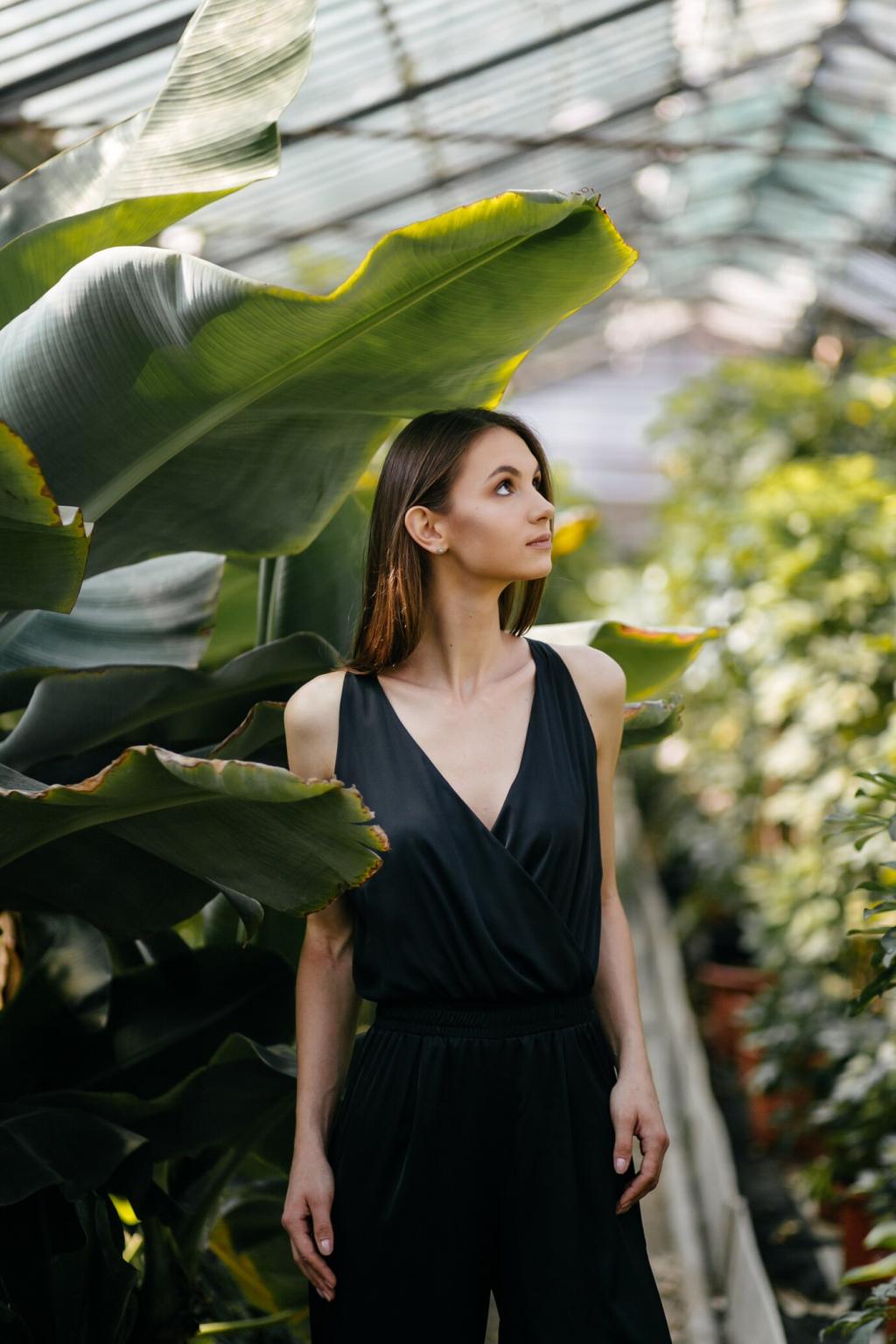
Eco-Friendly Fabric Choices for a Sustainable Wardrobe
Exploring eco-friendly fabrics is an essential step toward developing a sustainable wardrobe. Choosing materials that are gentle on the environment not only minimizes ecological impact but also supports ethical practices within the fashion industry. From plant-based textiles to innovative recycled fibers, the conscious selection of fabrics can dramatically reduce your carbon footprint and promote global well-being. This guide delves into various sustainable options, highlighting their unique qualities, environmental benefits, and practical considerations to help you make informative decisions as you build a greener wardrobe.
Organic Cotton: A Greener Alternative
The absence of harmful chemicals in the cultivation of organic cotton is its primary environmental advantage. Traditional cotton farming is notorious for its heavy use of pesticides, which can seep into water sources and harm both fauna and human communities. By contrast, organic cotton relies on natural forms of pest control and organic fertilizers, which protect both workers and ecosystems. This cleaner process also means less pollution ends up in rivers and wildlife habitats, offering a safer product from field to fashion. Farmers, too, are protected from exposure to chemicals, fostering healthier agricultural communities and promoting long-term sustainable livelihoods.

The Resilience of Flax Crops
Flax, the plant from which linen is produced, is resilient and can flourish in environments where other cash crops might fail. This sturdy plant requires significantly less water and chemical inputs than other fibers, such as conventional cotton. Its ability to grow well in less fertile soil reduces the need to convert wild habitats into farmland for production, thereby conserving natural ecosystems. Furthermore, every part of the flax plant can be utilized, making it a zero-waste crop and a model for circular design in fabric sourcing.
Minimal Processing and Biodegradability
Linen’s transformation from plant to fabric involves simple mechanical processes rather than heavy chemical treatments. Once harvested, flax fibers are separated using traditional methods like retting, which often employs natural elements such as dew or water. This approach minimizes environmental damage and reduces the carbon footprint associated with production. The end result is a fiber that maintains its elemental purity, is fully biodegradable at the end of its use, and returns harmlessly to the earth without releasing toxins or microplastics.
Clothing Longevity and Style
Linen’s inherent strength is a hallmark of its appeal, ensuring that garments stand the test of time. The fabric is highly resistant to wear and becomes softer with each wash, encouraging long-term use instead of frequent replacements. Its crisp, textured look has become synonymous with effortless sophistication and relaxed style. Linen’s breathability makes it suitable for a range of climates, further broadening its wearability. Choosing linen supports a fashion philosophy centered on quality, versatility, and enduring elegance—all key aspects of a truly sustainable wardrobe.
Hemp: The Multipurpose Powerhouse
Fast-Growing and Low Impact
Hemp’s most impressive feature is its rapid growth cycle and minimal agricultural demands. The plant matures within a few months, requiring little irrigation and thriving without chemical pesticides or herbicides. As a result, hemp cultivation puts less strain on natural resources and can be grown in rotation to naturally remediate soil health. Its extensive root systems reduce soil erosion and support vital microbial activity underground, enhancing long-term field productivity and ecological resilience.
Durability and Practicality
Garments made from hemp are recognized for their exceptional durability and resistance to wear and tear. The fiber’s natural strength translates into a long lifespan for clothing, counteracting the culture of disposable fashion. Hemp also boasts natural antibacterial and UV-resistant properties, lending functional advantages for casual and everyday wear. Over time, the fabric softens while maintaining its structural integrity, making hemp clothing an investment in both comfort and sustainability.
Versatile Design Possibilities
The adaptability of hemp allows it to blend easily with other fibers, expanding its use in everything from fine shirts to rugged jeans. Designers appreciate its ability to mimic the feel of linen or cotton, while also imparting a unique texture and drape. The evolving technology surrounding hemp textiles has spurred innovation in dyeing and weaving techniques, resulting in modern fabrics that appeal to contemporary tastes. This versatility opens doors for creativity in sustainable fashion, enabling a diverse and eco-friendly selection of wardrobe staples.
Tencel and Lyocell: Innovative Plant-Based Fibers
Closed-Loop Manufacturing
The standout feature of Tencel and lyocell production is the closed-loop process, which recycles almost all water and solvent used during manufacturing. This method dramatically reduces pollution and conserves precious resources, setting a benchmark for responsible fabric creation. The solvents themselves are non-toxic and chosen for their low impact on human health and the environment, offering an alternative to common but harmful methods of processing cellulose fibers found in traditional viscose or rayon.
Responsibly Managed Forests
The raw material for Tencel and lyocell comes from wood pulp, often sourced from eucalyptus, beech, or spruce trees grown in forests managed according to strict environmental standards. These certified forests ensure that harvesting practices do not contribute to deforestation or the loss of biodiversity. Trees used are fast-growing and require little to no irrigation or pesticides compared to conventionally raised crops. This careful sourcing safeguards delicate forest ecosystems and promotes the responsible use of renewable natural resources.
Comfort, Performance, and Biodegradability
Tencel and lyocell are celebrated for their luxurious finish and impressive performance. The fibers are exceptionally breathable, moisture-wicking, and hypoallergenic, ensuring comfort in warm climates and for those with sensitive skin. Additionally, their biodegradability means that garments made from Tencel or lyocell won’t persist in landfills for generations. This holistic combination of comfort, functionality, and environmental stewardship highlights why these materials are increasingly seen as cornerstones in the sustainable fashion movement.
Recycled Fabrics: Giving Waste New Life
Recycled textiles originate from two primary sources: post-consumer waste, such as discarded clothing, and post-industrial waste, including factory offcuts or scraps. Advanced sorting and processing technologies break down these materials into fibers, which can then be spun into new yarns. This process extends the lifecycle of raw materials and reduces the need for virgin resources. Garments made from recycled fibers maintain high quality while shrinking the environmental footprint typically associated with textile manufacturing.
Bamboo: Sustainable When Processed Responsibly
The Growth Advantages of Bamboo
Bamboo’s natural growth characteristics make it a highly sustainable crop. It is one of the fastest-growing plants on earth, capable of regenerating after harvest without the need for replanting. Bamboo thrives without irrigation, pesticides, or fertilizers, making its cultivation gentle on local ecosystems and beneficial for soil rehabilitation. Additionally, bamboo forests absorb more carbon dioxide and release more oxygen than equivalent stands of trees, offering unique contributions to climate mitigation.
Mechanical versus Chemical Processing
The environmental impact of bamboo textiles is shaped by how raw bamboo is processed. Mechanically-produced bamboo, known as bamboo linen or bast fiber, uses physical methods to extract fibers and is comparable to the sustainable credentials of linen. However, most bamboo textiles are manufactured using chemical processes similar to those for viscose rayon, which may involve strong solvents and generate pollution if not managed responsibly. Brands that adhere to strict environmental standards and invest in closed-loop processing are making genuine strides in delivering bamboo fabrics that align with sustainable values.
Sensory and Health Benefits
Bamboo fabrics are renowned for their ultra-soft feel, natural sheen, and excellent moisture-wicking properties. The material’s inherent breathability and antibacterial attributes make it highly suitable for activewear, undergarments, and sleepwear. Its hypoallergenic qualities appeal to those with sensitive skin or allergies. When sourced from reputable manufacturers, responsibly processed bamboo garments offer a luxurious yet conscientious addition to any eco-friendly wardrobe, proving that comfort and sustainability can go hand in hand.
Regeneration and Resource Efficiency
Sheep and other wool-bearing animals naturally regrow their fleece each year, making wool a renewable resource. Grazing animals can contribute to healthy grassland management when raised in responsible systems, preventing overgrazing and supporting biodiversity. Compared to many crop-based fibers, wool requires minimal external inputs such as irrigation or fertilization, relying on centuries-old pastoral practices that harmonize with regional climates and terrains. Furthermore, when unblended and untreated, wool decomposes naturally at the end of its life cycle, returning nutrients to the soil.
Warmth, Breathability, and Durability
Wool’s natural structure gives it exceptional insulating properties, keeping wearers warm in cold climates and cool in warm conditions. Its breathability and moisture-wicking abilities add comfort in a wide range of temperatures, making wool an all-season staple. High resilience and elasticity help wool garments retain shape and resist wrinkling, stains, and odors, reducing the need for frequent washing and extending their lifespan—a crucial element of sustainable fashion consumption.
